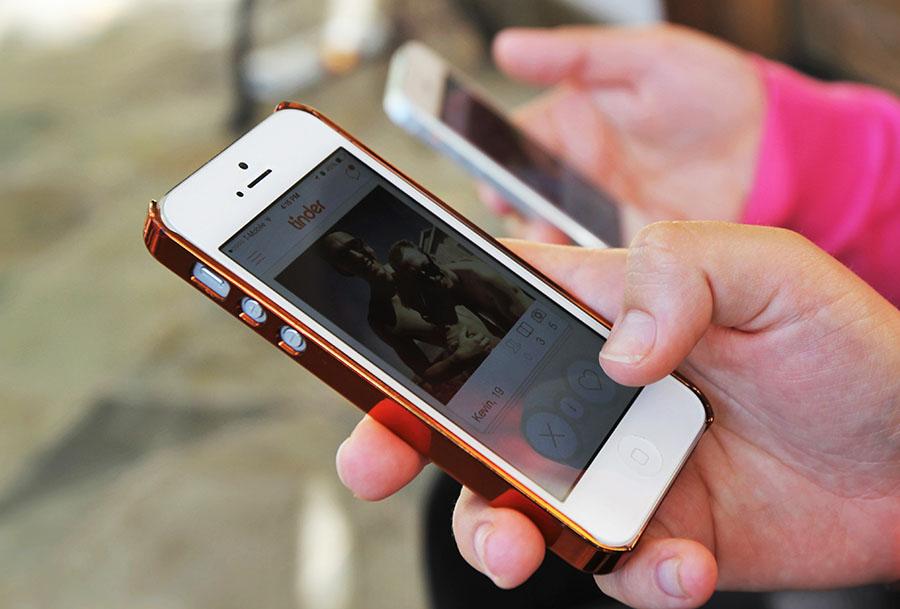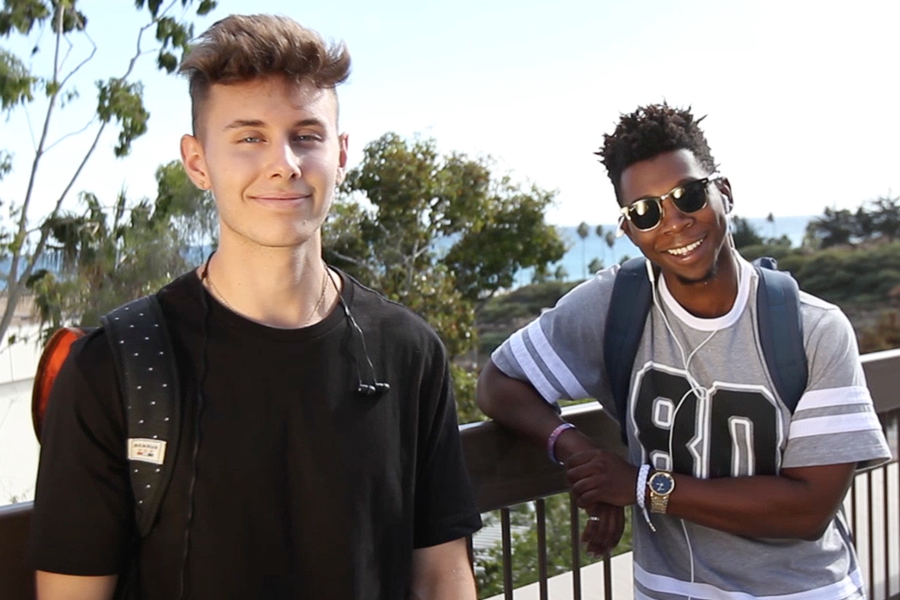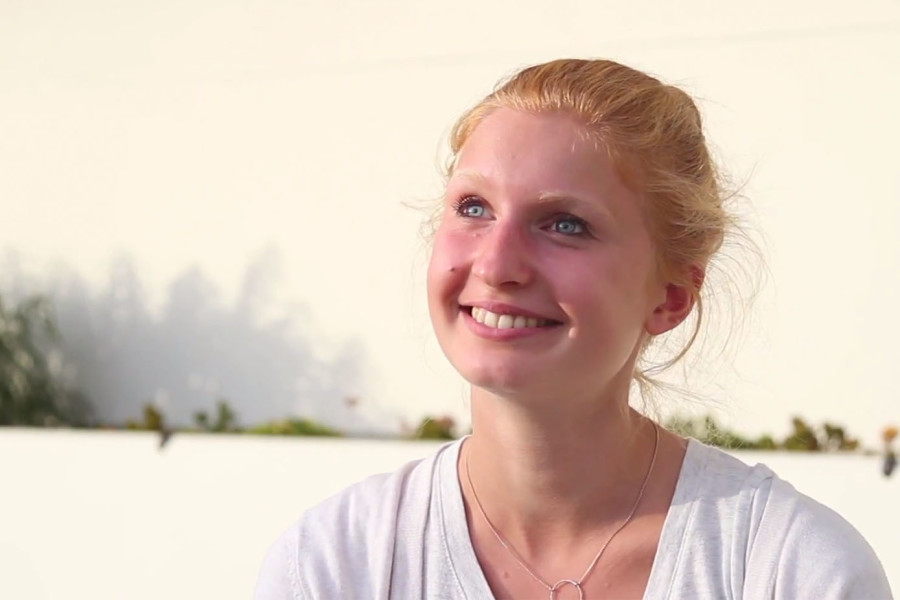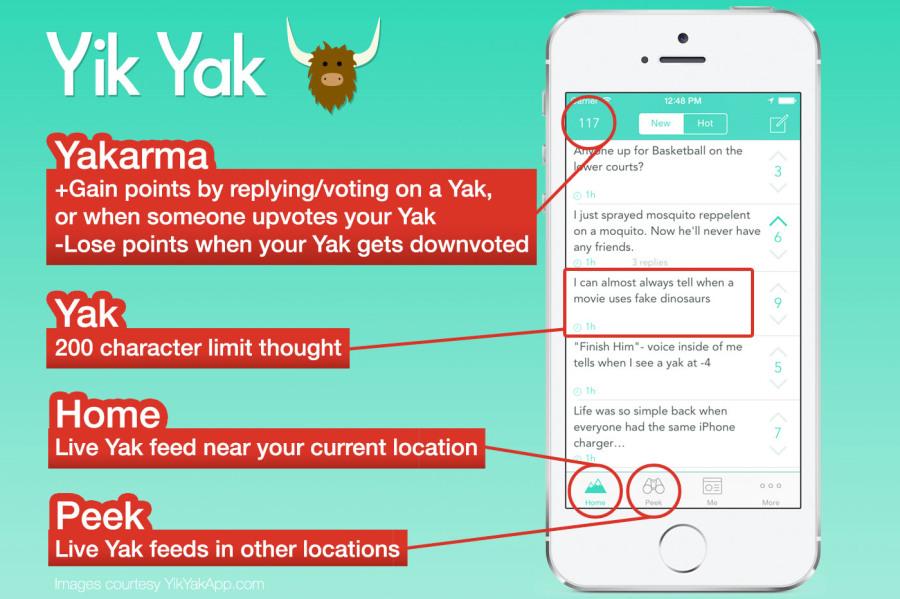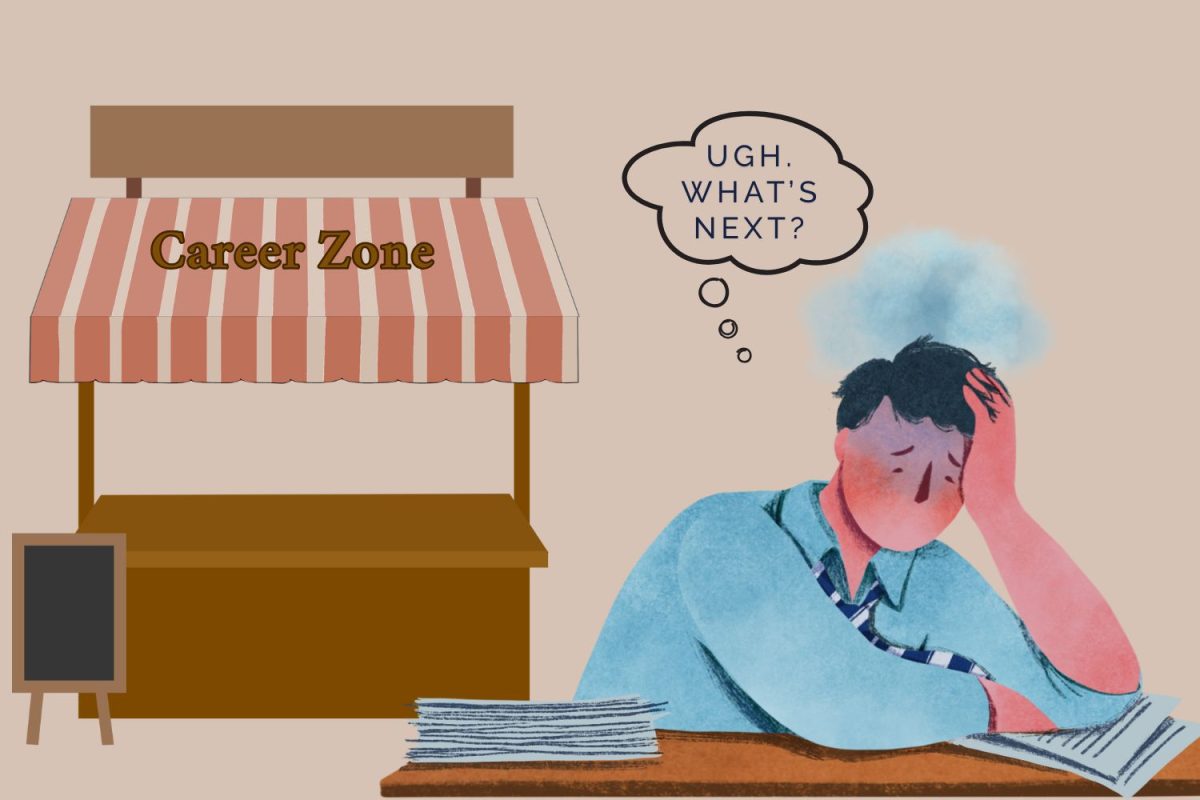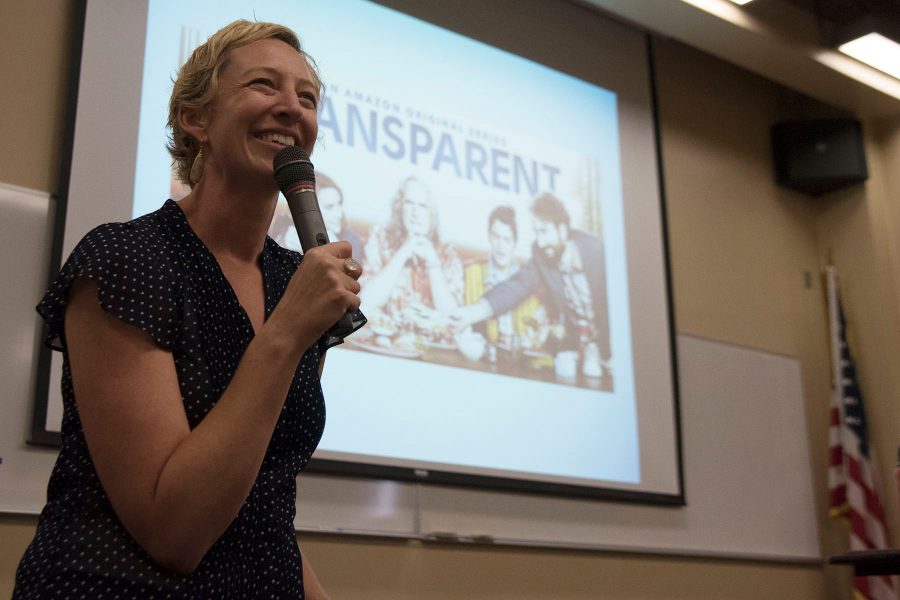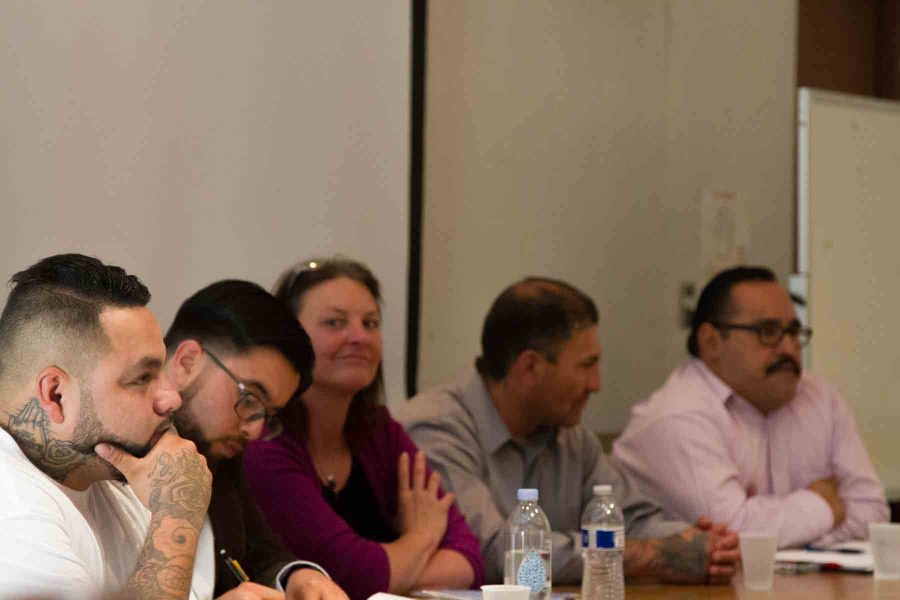The little red icon flame flashes on his cell phone with a notification that someone has matched him on Tinder. He swipes his phone screen eagerly and views the mystery woman’s profile.
Francisco Huerta, a 20-year-old chemical engineering major, is one among the number of college students that has used Tinder – the fastest-growing free mobile dating, or rather, hook-up app in the U.S.
“My roommate told me about Tinder and he laughed about it,” Huerta said. “The function of the app is to look through it and find someone who you think is attractive. If they think you’re attractive too, then you get to talk.”
Tinder matches two potential pairs based on location, age and shared interests. The app is connected with users’ Facebook information. Members choose their name, age, sexual orientation and four pictures. The application scans the user’s smartphone GPS to search for other Tinder app users in the area. Users can quickly choose matches of their preferred sex with a finger swipe.
If users don’t like the look of someone, they swipe left or simply tap the red X. But, if members are interested in someone’s profile pictures, they swipe right or tap the green heart.
Mutual interests are alerted of their match and given the ability to start a private conversation. Tinder offers users an easy a choice. Do you want to hook-up with the person in the photograph – ‘yes or no?’
“If an app wanted someone to get to know another there’d be more personal information,” Huerta said. “There’s just pictures and you get to judge someone on their looks. It’s based if you’re sexually attracted to them or not.”
If you’re single, have a smartphone and not living under a rock, you’ve probably heard of or used Tinder.
This new breed of mobile dating has hit the singles scene with a risqué reputation of casual sex between matches. Student commentators say unlike traditional dating sites, Tinder is geared more towards casual encounters.
“At first I didn’t know what to think. I though I’d meet someone nice,” Huerta said. “But it’s mostly just to look though and to see who is hooking up. I had it at one point but ended up deleting it.”
When searching for City College students that have downloaded Tinder, males were more open about having accounts. Many females wanted to stay confidential about their profile.
City College student Toby Minehan, 19, said he had the app for six months but recently deactivated it.
Minehan has encountered his share of people looking for short-term hook-ups and nothing else on Tinder.
“Automatically from the start, if someone swipes yes it’s because they think someone is attractive and that they would probably hook-up,” Minehan said. “I think the chances are slim that someone will meet up. If so, it’s based off complete appearance.”
Tinder was launched in September 2012 and began on college campuses. According to the Huffington Post, Tinder reports that 54 percent of users are between 18 to 24, and 31.6 percent are between 25 to 34.
Tinder’s popularity is undeniable. A recent Yahoo report states that the app has credited more than five million new matches per day and more than 750 million total matches to date.
While 60 percent of members check Tinder daily, many users check five to six times a day.
Based on its growth, Tinder has altered the next generation of online dating. With the push of a button, Tinder members step into the digital equivalent of a singles party.
“It’s no secret that Match.com, eHarmony, POF.com or Tinder is popular among college kids,” said Ben Murphy, Alcohol and Substance Abuse Awareness Program adviser. “It’s a way to meet and it’s like a big 24-hour bar, party or singles event.”
There are no blurred lines between what constitutes dating and a speedy Tinder hook-up. Many view the app as a game and agree it has fundamentally changed how singles play the field.
“I got kinda addicted. I would always be swiping through, left or right, yes or no,” Minehan said. “Yet I think that going out and socializing you meet more people than using the app.”


